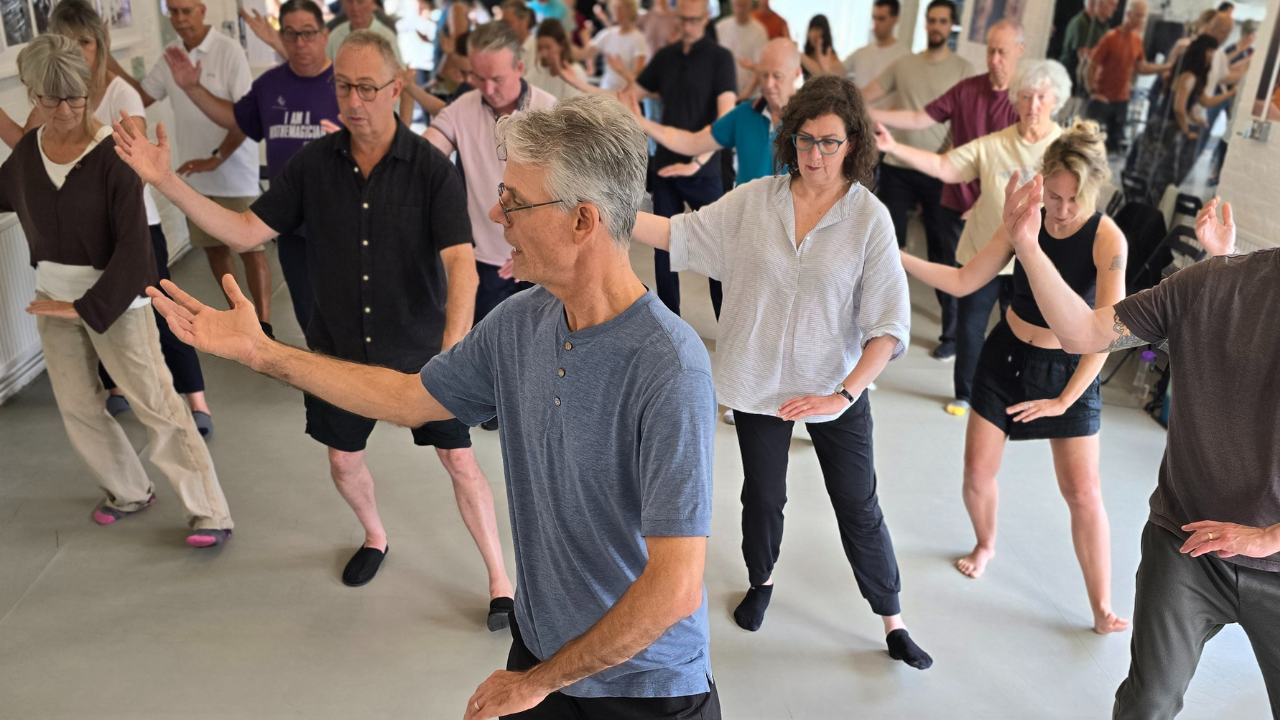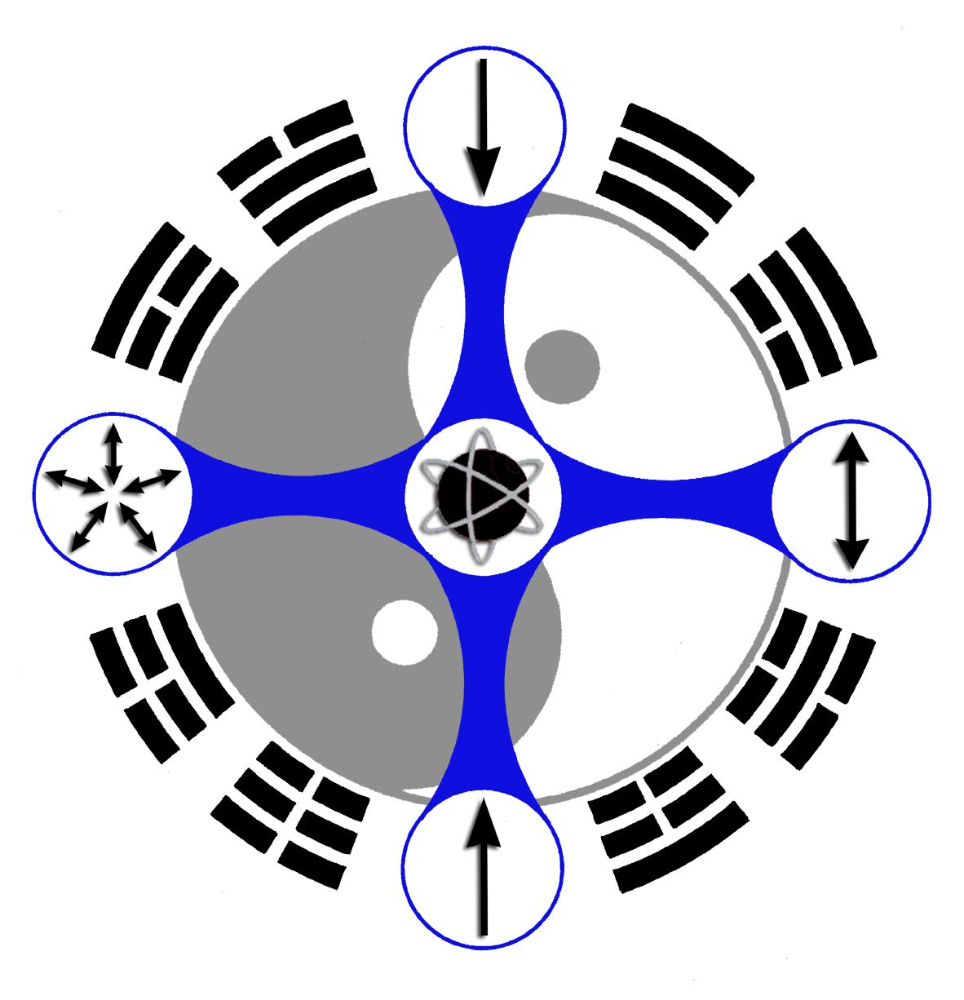The Principle of Separate and Combine
Jul 25, 2022
By Paul Cavel
Separate and Combine is a Taoist principle for deep learning that has been used for millennia. The principle states that once a basic movement, set or form has been absorbed or established, the practitioner seeks to tease out the individual components before moving on to study that movement, set or form as it is practiced with all its other components. Taoists found that this was the most effective and efficient method for learning any new skill and stabilizing it in the body.
When practicing tai chi, qigong or bagua, most students rarely — if ever — break down the exercises into components and rebuild them. This creates a glass ceiling and prevents practitioners from reaching their full potential.
Your internal practice and, your body for that matter, run in much the same way as a high-quality car with attention to detail being paid to each one of the component pieces to create a cohesive, smooth running car.
Prototype and racing cars are repeatedly taken apart and put back together again in order to fix whatever breaks down while simultaneously upgrading any component to maximize performance. Many people take better care of their cars than their bodies.
Translating High-Performance to Your Qigong Practice
Even if you are not interested in generating a high-performance body, most people would like a pain- and disease-free existence with more flexibility, an enhanced immune system, balanced emotions, and a mind that can relax and let go. These goals are achieved through neigong practice by the same process of overhauling each component — and each body part — upgrading and integrating their function.
Tomorrow’s health is created today because, unlike a car, you can’t just buy a new body part off the shelf when something gives out or diminishes in its functioning and have your doctor replace it for you — not yet anyway.
The efficiency of your neigong practice, whether qigong, tai chi or bagua, depends upon two streams of integration.
-
The first stream is all your body parts including the arms, legs, spine, torso, internal organs, neck and head.
-
The second is the neigong components, including your alignments, breathing, lengthening, twisting, pulsing and energetic flows.
So, unless you separate out how each body part moves and how each neigong component operates individually, then practicing in pairs, next in small groups and, finally, combining everything together into one seamless whole, your qigong practice will never give you the range and depth of potential benefits. When each piece is integrated with all others, each component is multiplied by the others 2x2x2x2 and down the chain. When the pieces are not integrated the maximum effect is addition, 2+2+2+2. You don’t have to do the math to know that the end result is vastly different.
The bulk of what people practice from various traditions lacks depth and integration. Both of these issues can be corrected by the Principle of Separate and Combine. When practicing, most students focus on their favorite aspect or the general flow. They do not have the capacity to focus on the many layers and components within a given set, and don’t necessarily practice in ways that allows them to develop their skill set. If you find this happening to you, stay with it for a bit—you can learn a lot by just watching. If you have not learned and practiced each individual layer adequately enough, you will not be able to achieve fine control and integration. You don’t have to know everything that is meant to be found within each component to explore it at a depth that will yield powerful health benefits.
When you receive traditional Taoist training in the Water Method, you learn each new skill piece by piece, building it up, looking at the whole, then deconstructing it and once again rebuilding it. When the whole starts to come together, you can then take it apart to explore it at ever finer layers. The intent is to improve everything that is present and add more depth and complexity with the strong foundation you have established.
Join a course — online or in person — to learn how the Water Method can help you overcome physical, energetic, emotional and mental traumas, to become stronger and feel more alive!

